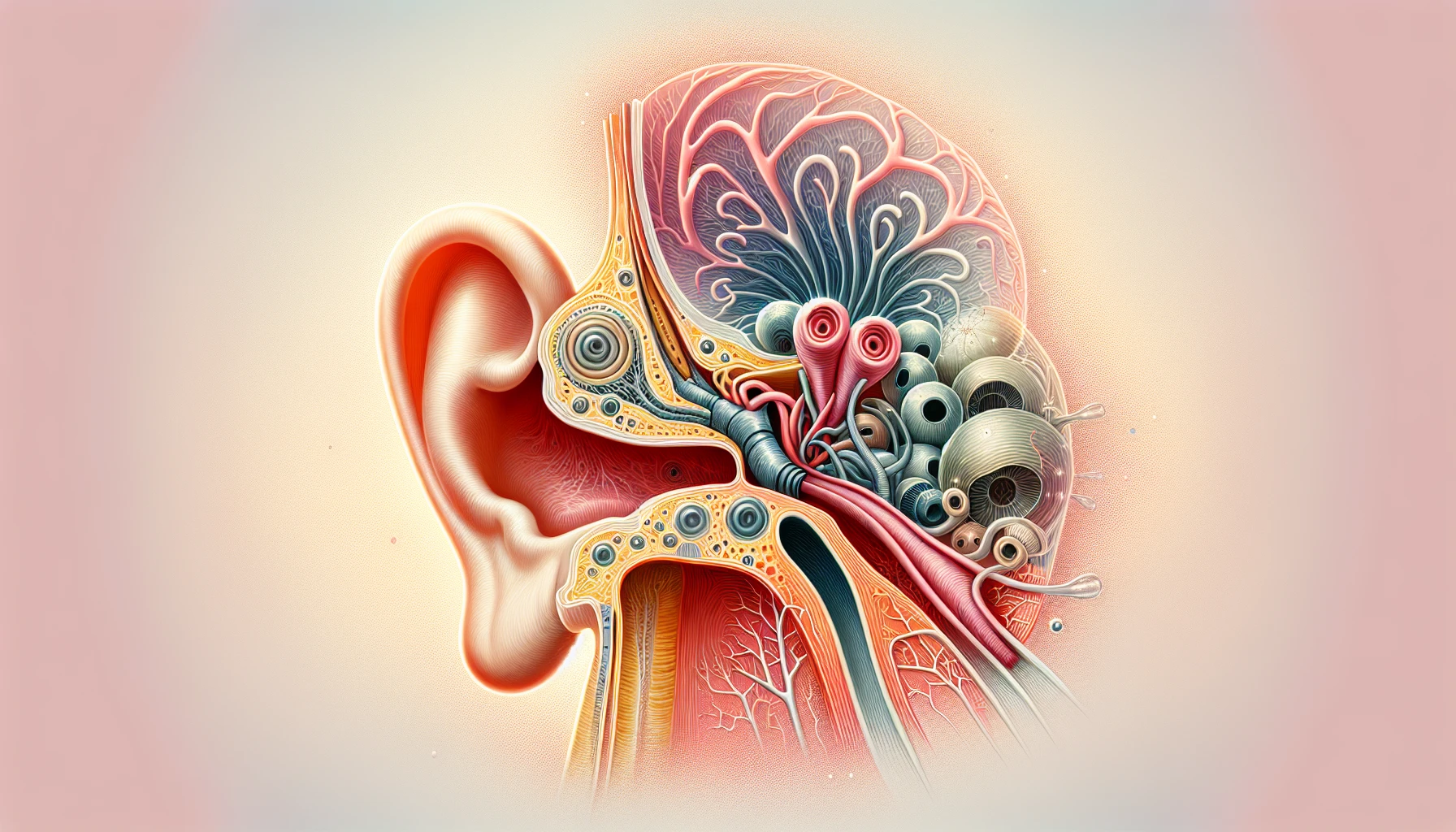mofotechblog.com – The human ear is an extraordinary organ, often overlooked in its complexity and importance. Beyond its simple appearance, the ear is a sophisticated system that plays a crucial role in communication, balance, and our overall perception of the world. In this article, we explore the secret life of ears, uncovering the fascinating processes that lie behind our ability to hear and maintain equilibrium.
Anatomy of the Ear
The ear is divided into three main parts: the outer ear, the middle ear, and the inner ear. Each section has distinct functions that contribute to the process of hearing.
- Outer Ear: The visible part of the ear, known as the pinna or auricle, captures sound waves and directs them into the ear canal. The shape of the pinna helps in determining the direction of sounds.
- Middle Ear: Sound waves traveling through the ear canal hit the eardrum, causing it to vibrate. These vibrations are transferred to three tiny bones in the middle ear, the malleus, incus, and stapes, which amplify the sound and transmit it to the inner ear.
- Inner Ear: The cochlea, a spiral-shaped organ filled with fluid, is the main component of the inner ear. It contains hair cells that convert vibrations into electrical signals, which are then sent to the brain via the auditory nerve for interpretation.
Balance and Equilibrium
In addition to hearing, the inner ear plays a vital role in maintaining balance and equilibrium. The vestibular system, located within the inner ear, consists of three semicircular canals and two otolithic organs (the saccule and utricle). These structures detect changes in head position and movement, sending signals to the brain to help coordinate balance.
The semicircular canals are responsible for detecting rotational movements, while the otolithic organs sense linear accelerations and the effects of gravity. Together, they enable us to stand upright, walk, and perform complex movements without losing balance.
The Ear’s Role in Health
The health of our ears is essential not only for hearing but also for overall well-being. Exposure to loud noises, infections, and injuries can damage the delicate structures of the ear, leading to hearing loss or balance disorders. Regular check-ups and protective measures, such as using earplugs in noisy environments, can help preserve ear health.
Moreover, the ear is connected to other bodily systems, and its condition can reflect our general health. For instance, persistent ear infections may indicate underlying issues with the immune system, while balance problems might signal neurological conditions.
Conclusion
The secret life of ears is a testament to the complexity and significance of this vital organ. Beyond their role in hearing, ears are central to maintaining balance and reflecting our overall health. By understanding and caring for our ears, we can ensure that they continue to function effectively, enriching our lives with sound and stability.
